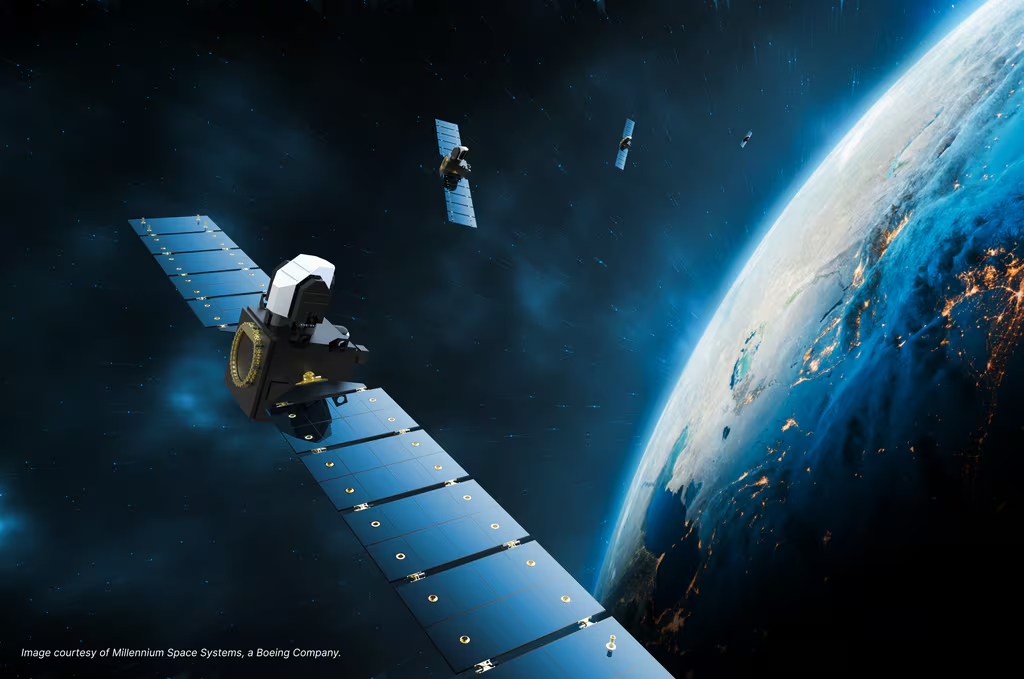Tournear: Deorbiting services could have cost-saving benefits for SDA

Space Development Agency Director Derek Tournear is considering how planning for future satellite deorbiting could save the organization money down the line.
“That’s something that I’m really interested in, because I want to be able to take more risks on my satellites, not have redundant propulsion and things like that,” he said Monday during a keynote at the annual Satellite conference.
SDA is in charge of fielding the Proliferated Warfighter Space Architecture (PWSA) — a planned constellation that’s expected to include hundreds of satellites stationed in low-Earth orbit (LEO) that carry critical capabilities for warfighters. The agency wants to rapidly procure and field new tranches of platforms every two years, with each batch adding new capabilities and further growing the constellation.
Because of that business model, SDA hasn’t been interested in on-orbit maintenance and refueling capabilities that could extend the relatively short lifetime of the PWSA satellites — which is approximately five years. Rather, the less capable platforms will be quickly replaced by new tranches carrying new capabilities.
And while Tournear said that is still the case, he’s started looking at ways SDA could leverage satellite deorbiting services from the commercial sector in the future.
“That’s a business model I’m really interested in. There are several companies that are working on that,” he said.
A satellite is deorbited — meaning, it is intentionally brought back down to Earth in a controlled manner — when it reaches the end of its operational lifespan or fails while in orbit. Some companies offer deorbiting as a service, such as by providing deorbiting modules that are attached to satellites prior to launch or by operating dedicated space vehicles that can deorbit failed systems.
While Tournear didn’t specify which servicing options he is interested in, he emphasized that planning for early deorbiting when some of the PWSA platforms fail could help SDA save money.
“This can drive the cost down on my satellites and I can just say, ‘I know I’m going to have 10 percent fail on orbit.’ And I’ll just factor that into my price, that we’ll have to pay someone to remove 10 percent of my satellite constellation every year,” Tournear said.
Since completing the final launch for its demonstration tranche of spacecraft in February, SDA has been preparing to put the first operational batch of PWSA satellites into orbit. According to budget justification documents for fiscal 2025, the agency’s Tranche 1 transport layer and Tranche 1 missile-tracking layer will cost a total of $3 billion and $2.7 billion, respectively, for research and development and prototype procurement.
The satellites for Tranche 1 are scheduled to begin launching before the end of 2024 and will be operational before the end of 2025, Tournear said.
“By the end of next year, we’ll have 126 Link 16 satellites that are operational on orbit. We’ll have 28 of our wide field-of-view missile-tracking satellites operational and on orbit, and we’ll have four of the medium field-of-view satellites … operational on orbit,” he said. “That will make up our Tranche 1 operational system that we’ll be able to present to the warfighter next year.”






